
Buddhism

3088 books


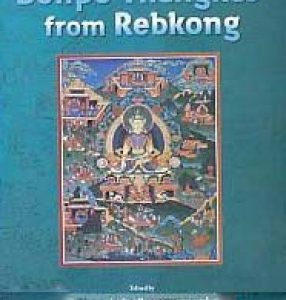
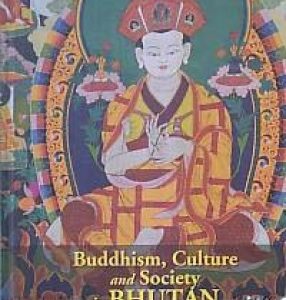


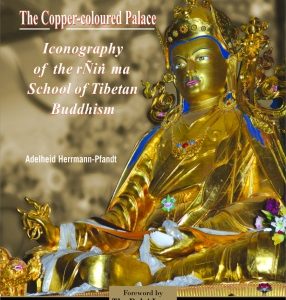

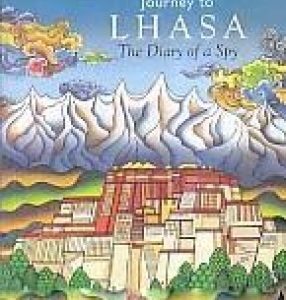

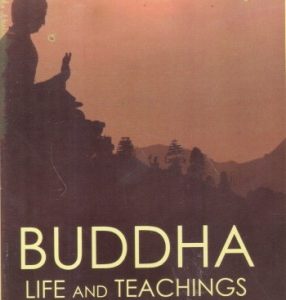
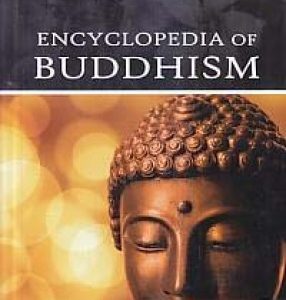


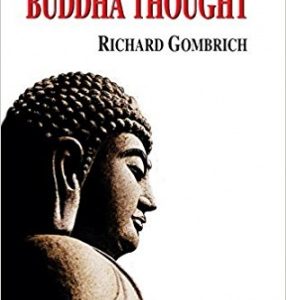





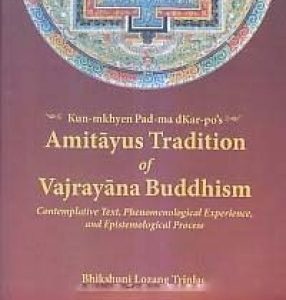


Texts from across the Buddhist world list illness along with birth, aging, and death as the four great torments that inevitably accompany life in a human body. Since Buddhist doctrine at its very core is focused on the relief of all forms of suffering (Skt. duḥkha), Buddhist writings and practices frequently address the question of how to cope with this particular tribulation. Mainstream Buddhist doctrine seeks to mitigate the suffering of illness by stressing ...

The rÑiṅ ma pas are the only minority school of Tibetan Buddhism whose iconography differs markedly from the mainstream iconography re-presented by the gSar ma pa or new schools. Scholarly works on rÑiṅ ma iconography are quite rare and have so far never covered the whole of the rÑiṅ ma pantheon. This book has been written as an attempt to fill this gap, trying to supply introductory as well as comprehensive information, meant for people ...

Though Tibet’s system of governance had serious lacunas, the Land of Snows was free and independent. In October 1950, Mao’s regime decided to ‘liberate’ it. ‘Liberate’ from what, was the question everybody asked.
Though some in Delhi did not realise it, it would soon be a tragedy for India too, as it had to suddenly live with a new neighbor, whose ideology was the opposite of Buddhist values.
The narrative starts soon after ...






This book is a collection of 32 papers written over a period of more than ten years and for different kinds of audience. It includes papers such as Traditional Biography of the Buddha, Development of his ideas, his discovery of vipassana-a great improvement on Samatha type of meditation, its importance in personal as well as social life, and its role in the development of panna (wisdom) that purifies and liberates one. One papergives an outlines of how ...
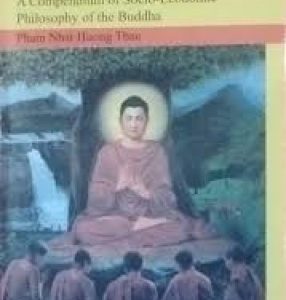
As mentioned in the title of the present work, this book which is mainly based on the Sigalovada Sutta of the Pali literature with a brief historical formation and development deals with the importance of socio-economic philosophy of the Buddha. The problems of society related to the formation and relations of society have been pointed out and highlighted the important significance of six social relationships respectively. Furthermore, various aspects of the ...
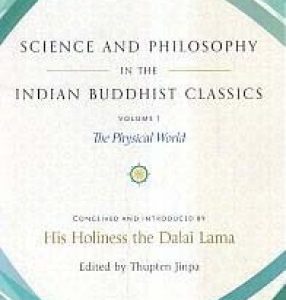




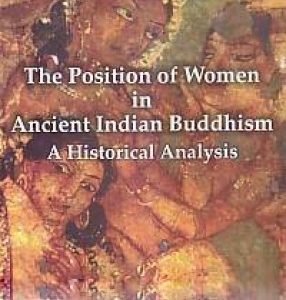

What the Buddha Thought provides an introduction to the Buddha’s thought, and Buddhism itself. It argues that we can know far more about the Buddha than is generally acknowledged, and that his thought has a greater coherence than is usually recognized.
Interpreters both ancient and modern have taken little account of the historical context of the Buddha’s teachings; but by relating them to early brahminical texts, and also to ancient Jainism, Gombrich ...
